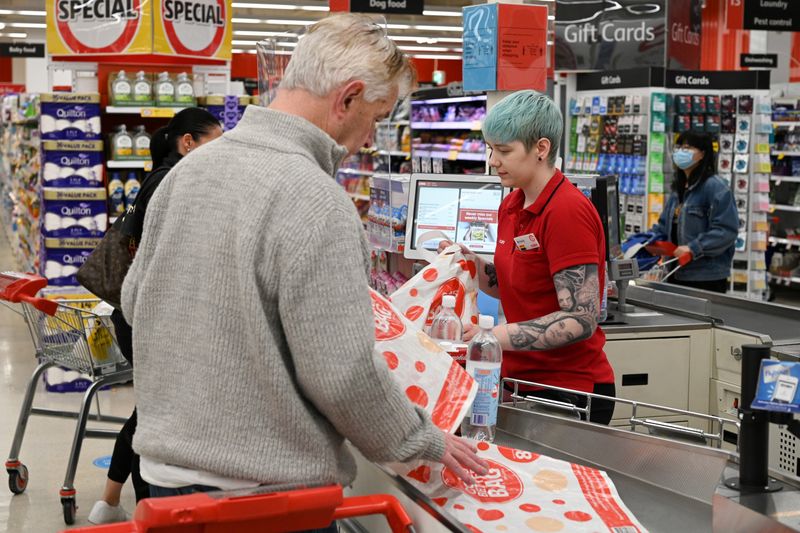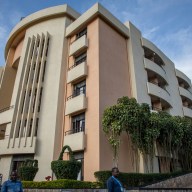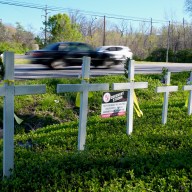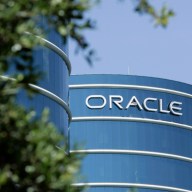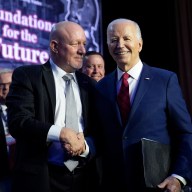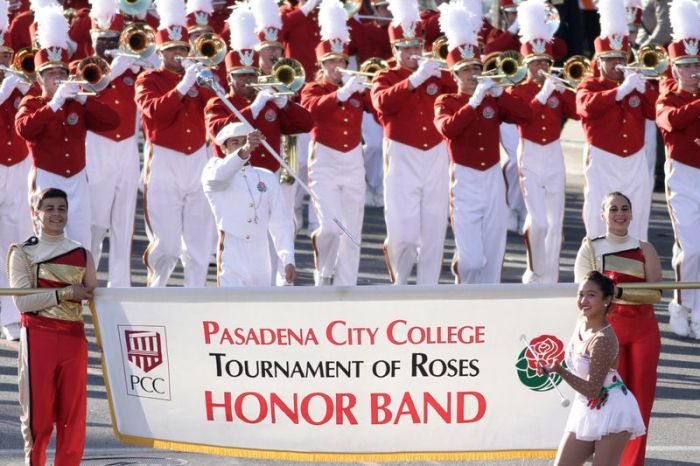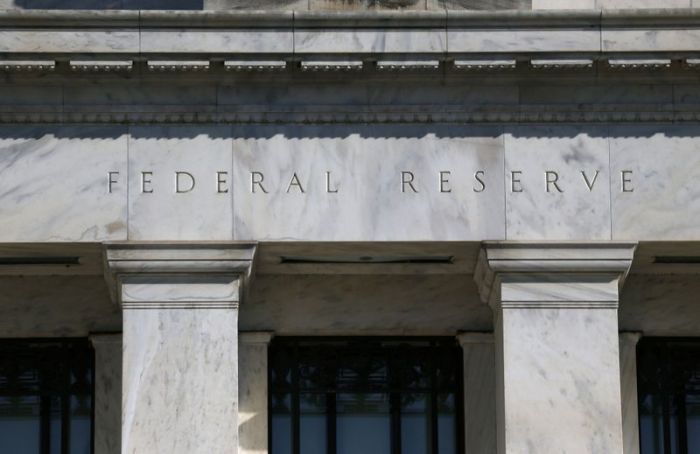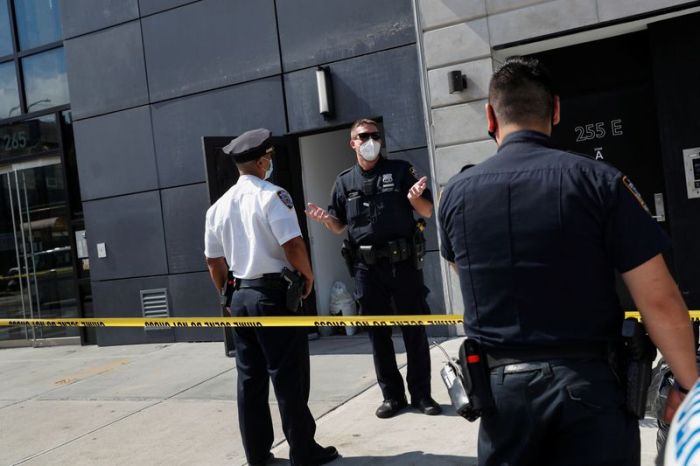SYDNEY (Reuters) – Australia’s jobless rate edged up even though employment surged by a record in June, as more people searched for work encouraged by the re-opening of the economy from the coronavirus lockdown.
Employment rose by a blockbuster 210,800 in June following hefty declines in April and May, Australian Bureau of Statistics (ABS) data showed on Thursday.
That handily beat forecasts for a gain of 112,000 in a Reuters poll.
Yet, the jobless rate still hit a 22-year high of 7.4% because the surge in jobs growth was not enough to offset the increase in the number of people who went looking for work.
The participation rate in June rose by 1.3 percentage points to 64%, the highest since April, driving unemployment higher.
The number of unemployed people increased by 69,300 to 992,300 in June – around a third more than the jobless numbers during the 2008 global financial crisis.
Economists estimate the jobless rate would have been even higher at well above 11% were it not for a government wage subsidy scheme – ‘JobKeeper’- that allowed businesses to keep staff on their payrolls even though they worked zero hours.
With the government support soon expected to be withdrawn, economists expect the jobless rate to remain elevated for some time.
A second wave of coronavirus infections in Victoria is also threatening the employment outlook.
“Looking ahead, we continue to expect weakness in the labour market, with employment to relapse in Q4, and unemployment to increase further to 8%,” UBS economist George Tharenou wrote in a note.
Tharenou said Australia would need more fiscal support to help blunt the hit from the second wave of coronavirus infections in Victoria’s Melbourne.
FISCAL SUPPORT
Treasurer Josh Frydenberg is expected to publish a ‘mini budget’ on July 23 where he will likely announce a withdrawal of the “JobKeeper” scheme as most states and territories have reopened their economies after managing the coronavirus spread.
As a result, monthly hours worked in all sectors increased by 4% in June though they were well below March levels.
Australia is facing its first recession in nearly three decades with the country’s central bank predicting the jobless rate will stay elevated through 2021.
The Reserve Bank of Australia has gone all-in by cutting rates to a record low of 0.25%, flooding the financial system with cash and even buying government bonds to lower borrowing rates for business.
Despite the support, economists don’t expect the total number of employed people to return to pre-COVID19 levels until early next year.
“We expect the unemployment rate to reach around 8.5-9% by the end of the year,” said Sydney-based AMP economist Diana Mousina. “This means that there is a need for government fiscal stimulus to keep going for now.”
(Editing by Christian Schmollinger and Jacqueline Wong)

